Listening to music in a Barkas van, peeking behind the Iron Curtain, and having a Bambi soda⁽¹⁾ at the bar— the first temporary exhibition of the House of Music Hungary brings the retro feeling to Budapest along with music history curiosities.
The first temporary exhibition of the House of Music Hungary opened on 22 January, entitled They wrote the song for us! The heroic age of Hungarian popular music and its social effects, from 1957 to the regime change. It was preceded by five years of research and collecting, and its significance is not only due to the numerous objects of sentimental and music historical value on display, but also because no other exhibition of this scale and depth has ever been produced on the popular music of the period. They wrote the song for us! not only focuses on the most prominent artists, bands, emblematic hits, and key events in the pop history of this politically charged era, but also on the fan subcultures associated with the period and the media that were essential to spreading the music of the time. Visitors can learn about the institutional system, subject to a strong political censorship, that fundamentally limited the scope of musicians, the world of clubs, tours, and instruments, as well as the changing relationship between popular music culture and the performing arts. We asked Márton Horn, Project Director of the House of Music Hungary and one of the curators of the exhibition.

Where did the idea for the exhibition come from? How long did it take you to prepare and collect all these artifacts?
When we started to prepare the permanent exhibition, we were already planning the first temporary exhibition. The former is a comprehensive exhibition on the history of European music with a focus on the music of Hungary, but as it covers a vast period, we couldn’t really go into details there. This is the origin of the idea to have a more in-depth look at a particular topic at a later time. Popular music was an obvious choice, as it has been much less covered in Hungary so far. There had not yet been a comprehensive exhibition on pop music from the period preceding the regime change, nor was the knowledge and information sufficiently consolidated. However, this is a tremendously important era, which still has a major impact on popular music today. This era produced timeless works, even though it was very difficult to succeed. In addition, we have lost several iconic musicians in the last few years, which is why it was so important to record the stories and cultivate this “oral history”. The House of Music Hungary’s library of popular music was also an important source for the exhibition, as a lot of material (nearly 16,000 songs, hundreds of books, records, and films) can be found and researched there. We started collecting materials about five years ago, and as a preliminary step, we got thirty experts around a table and together they identified the most important topics to be addressed in such an exhibition. It is an exhibition on cultural history, so we are showing the context in which these musical works were created, and how they were shaped by everyday life and, even more so, by the political scene. It is impossible to separate the music from its medium, so the moments and moods of the period bind the presentation of the music.
To what extent does the message of the exhibition apply to other Central and Eastern European countries with a communist past? Even if a visitor from Poland, for example, is not familiar with the specific hits, will the mood and spirit be familiar to them?
Yes, the whole exhibition is permeated by a retro atmosphere that is interesting for today’s young people, as well. These interiors were typical of the whole Eastern Bloc, and many of our parents and grandparents still have traces of this era. So it’s not just a Hungarian phenomenon, because you could get very similar products in the Comecon member states, and in Hungary, even the Comecon-markets were called “Polish markets”, which is obviously no coincidence, so they have these connections. But I could also mention the palm tree poster at the exhibition, as well: you had to be truly privileged to go on holiday to a real palm tree beach, most people couldn’t see it in real life, so the system created this rather surreal, bittersweet world, and brought a mood of longing into the panel⁽²⁾ flats with these wallpapers. And, of course, there were cross-border connections in the music, as well.
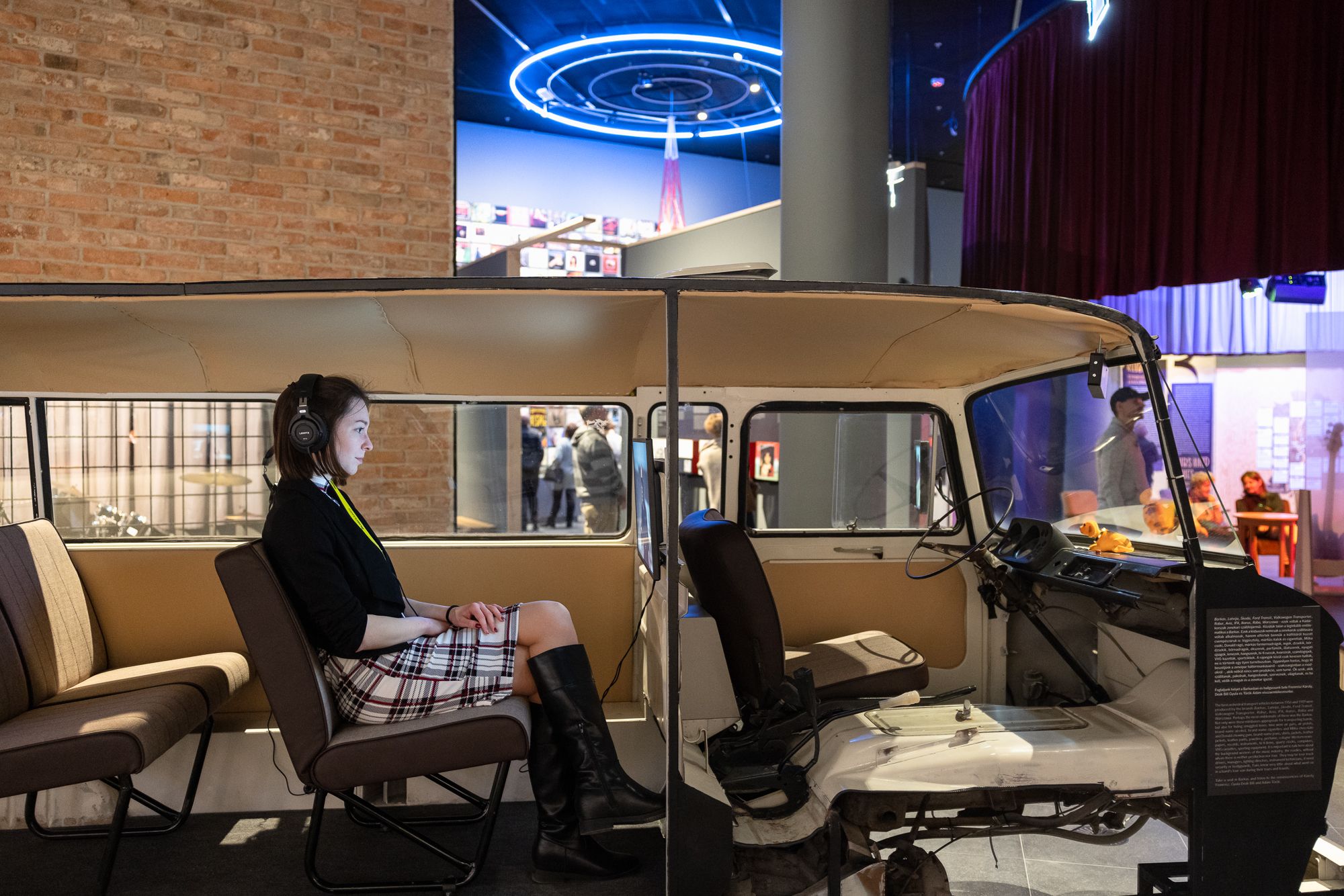
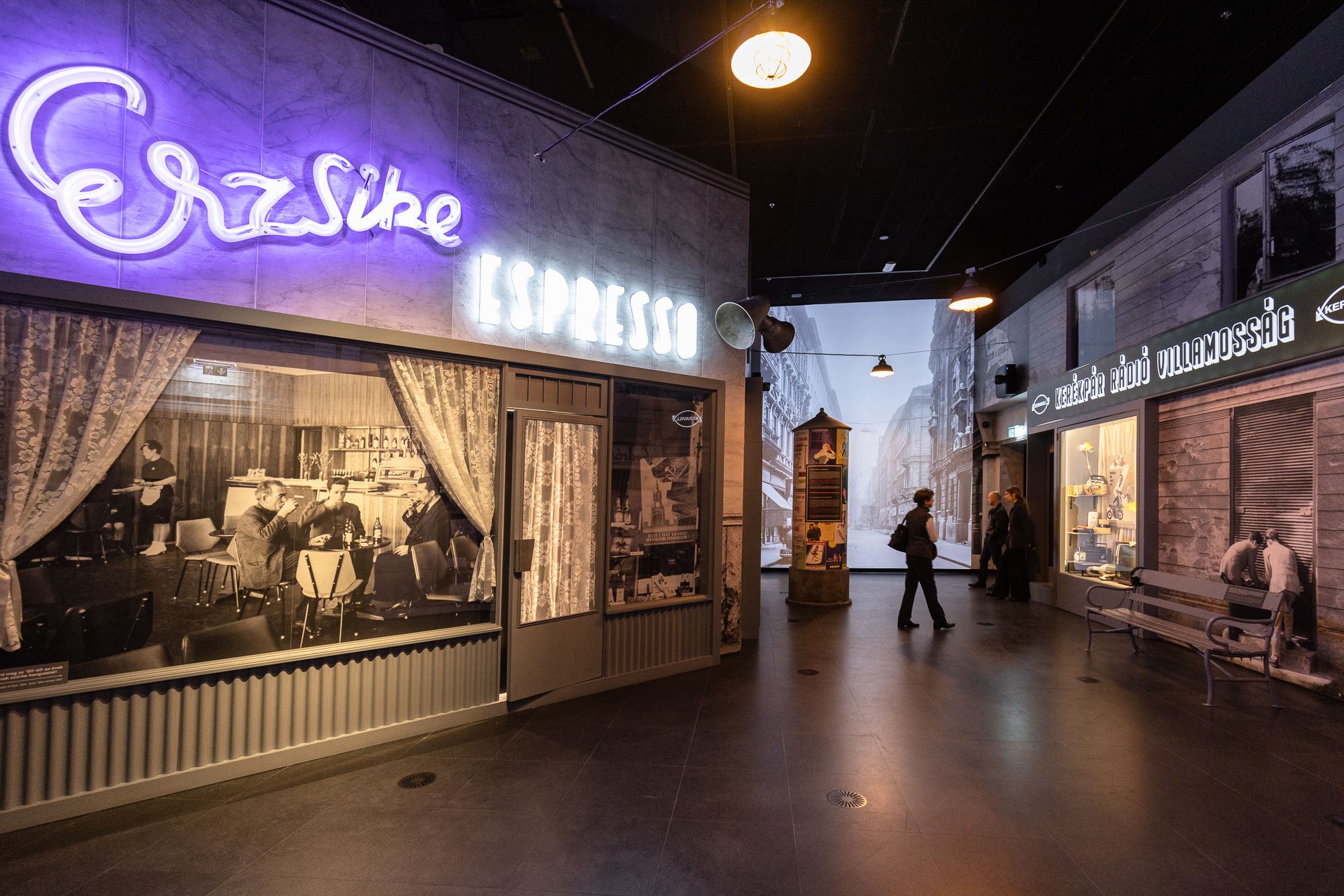
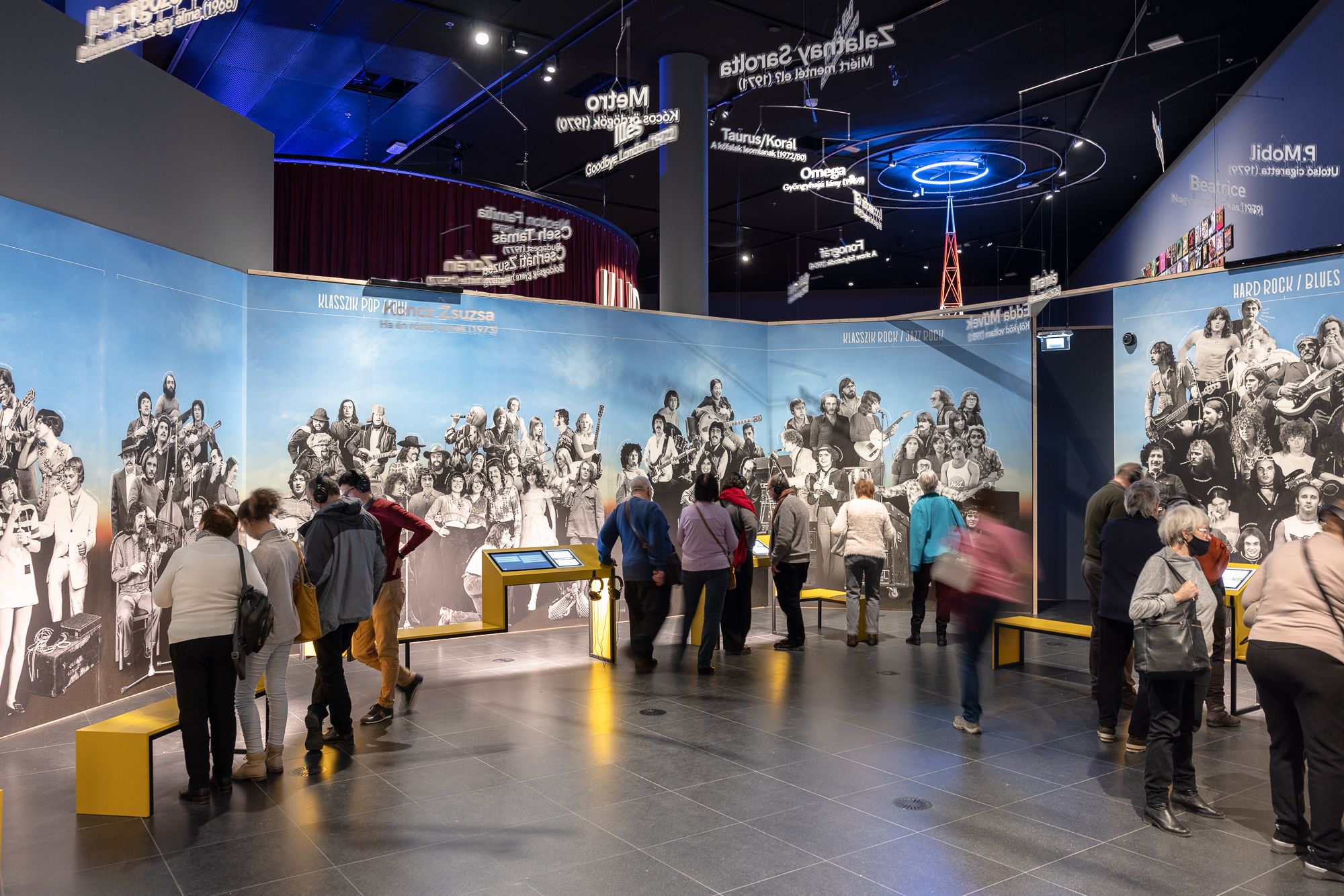
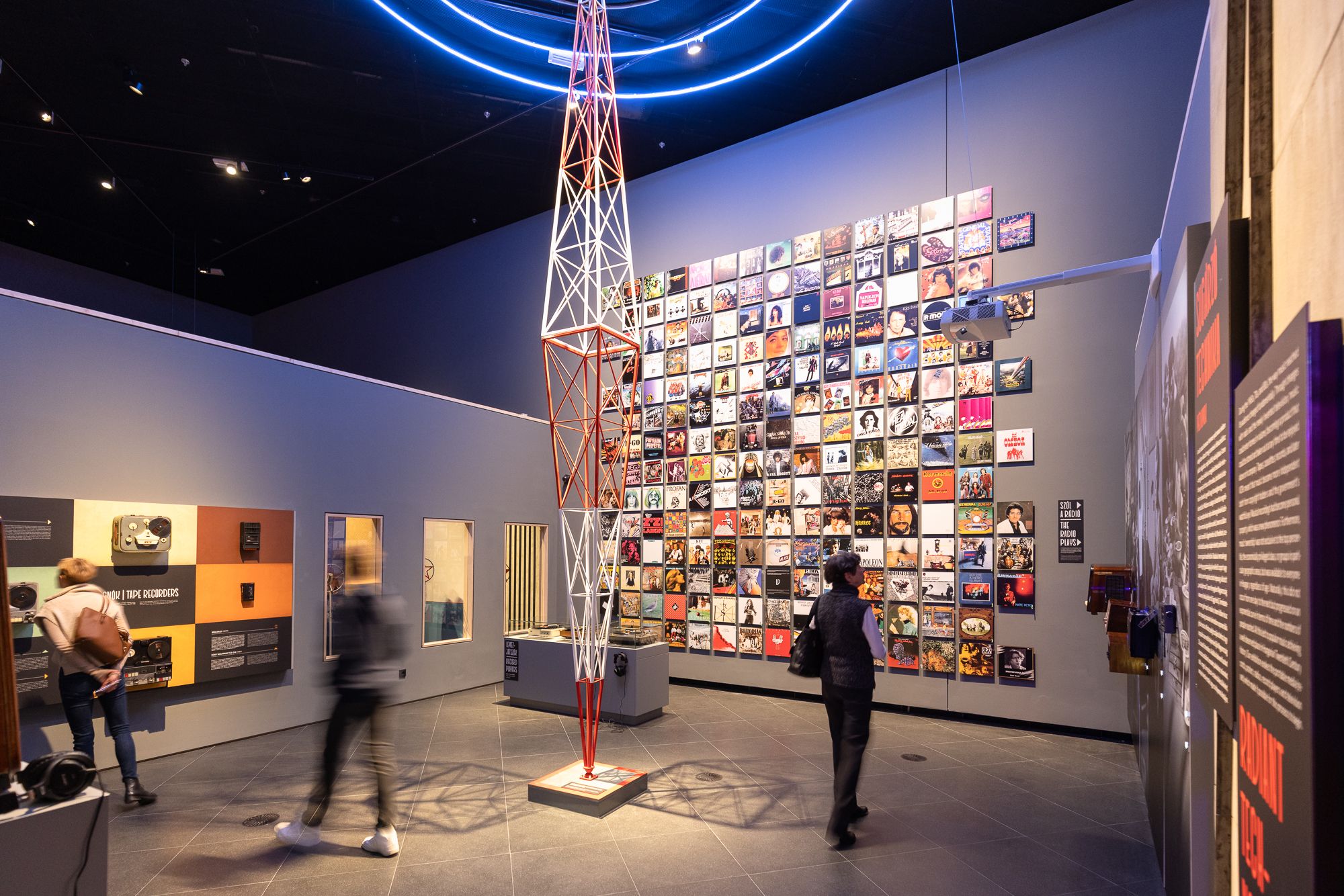
Did any of the bands mentioned in the exhibition become stars or at least famous in the surrounding countries, or was that impossible due to the language barrier?
Quite a few artists toured abroad, of course in a very controlled way. This also led to political tension, that those who could, tried to go to the West to perform, while the system naturally favored the Eastern Bloc. It was more typical that there were performers who could have been international stars if they had been given the opportunity that was available to artists in the West. Omega was perhaps the closest to becoming truly global stars, with Gyöngyhajú lány (Pearls in Her Hair) becoming a hit that many artists covered, but they, like many others, were heavily controlled. Of course, I could mention LGT’s tour in the US or Illés’s UK tour, but these are really just the glorious exceptions.
Its pop music provides a very accurate view of the society and culture of the depicted period of 1957-89. Will the same be true for the period since the fall of communism and for the present, when we look back in, say, twenty years? Or has globalization rendered these institutions more fragmented?
It’s very difficult to predict anything about the future, and it’s also well known that technological development is changing a lot of things in music. The exhibition also shows the importance of disks and tapes, which allowed people to store and play at home, music that a decade earlier could only be heard live. Then came the radio and the television which brought songs into the households. Before, there used to be less variety and clearer genre boundaries. Nowadays, almost everything is cloud-based, we have instant access to all past recordings and contemporary music in incredible quantities, making it even harder to predict which of today’s artists will be the few we will still regard as ultimate stars decades from now. Not to mention AI, which could change music, as well.
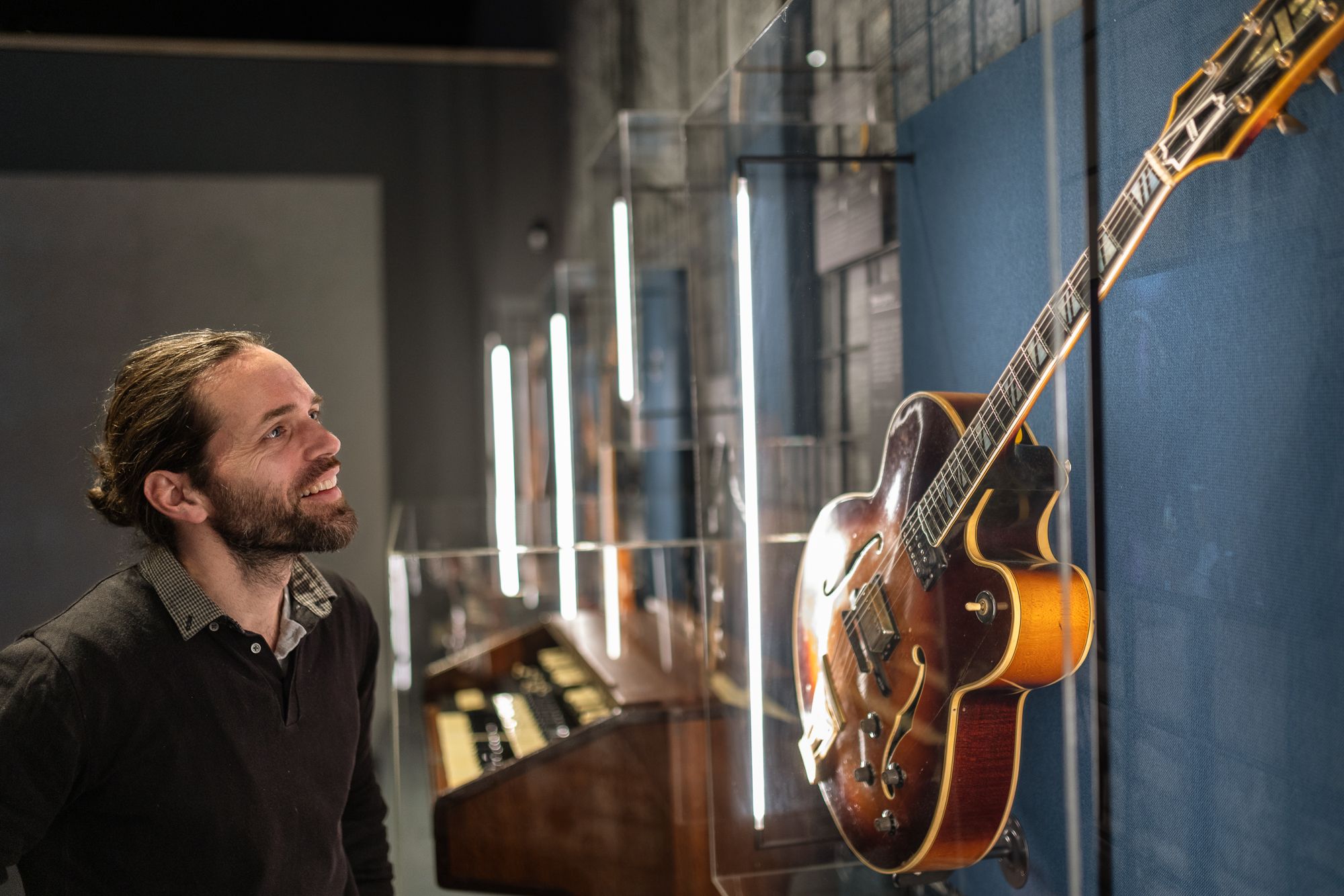
The new modern building has enabled the incorporation of a number of technical innovations—what new solutions are being introduced to make it more experiential?
It was a huge help that from the very first moment, the whole building was designed to be divided into three parts: a museum-exhibition level, a performing arts level, and a musical education level, all linked by a common thread, which is education. Even abroad, it is rare to find a musical institution that simultaneously offers all these tools and opportunities. From a technical point of view, our sound dome is a real novelty, combining music and visuality, where we can play sounds from 360 degrees. Our so-called Creative Sound Space is similar, where the aim was to experiment with music-making and sound production. We also use a lot of innovation in the exhibitions to create the dramaturgy of the installations, to make it a bit like we’re being dropped into a film or a theater performance.
What other exhibitions are planned for the House of Music Hungary in the future?
These are still being discussed, but we are very keen on bringing here Rolling Stones’ large-scale traveling exhibition, for example, and we are also planning an exhibition focusing on the relationship between visual art and music. Of course, we are planning these for next year. For now, it’s exciting enough that we opened the pop history exhibition, which has filled the entire building with life.
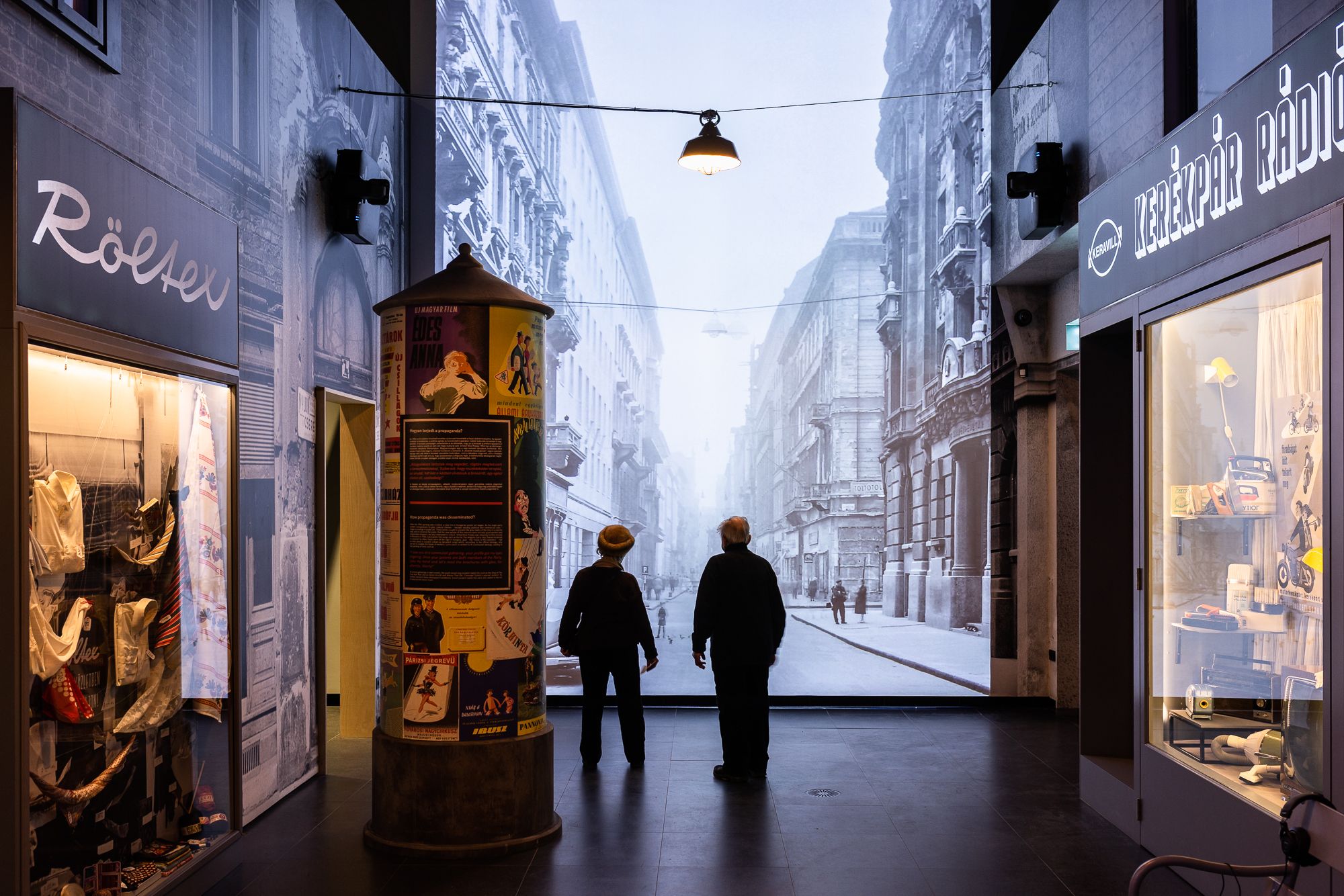
⁽¹⁾ An iconic Hungarian sugary orange soda from the socialist era—the Transl.
⁽²⁾ Panelház (short: panel) is a Hungarian term for a type of concrete block of flats (panel buildings), built in the People's Republic of Hungary and other Eastern Bloc countries.—Source: Wikipedia
House of Music Hungary | Web | Instagram | Facebook
Photos: Balázs Mohai
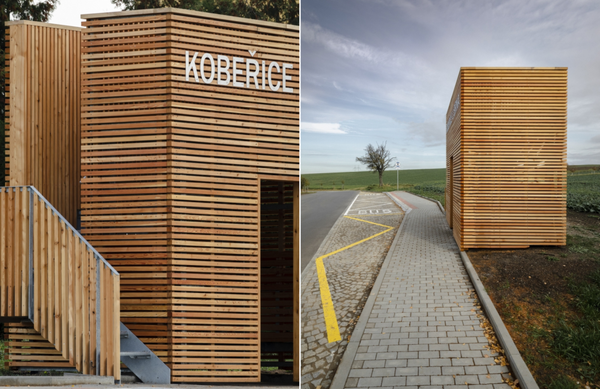
If you thought that waiting for a bus was boring...
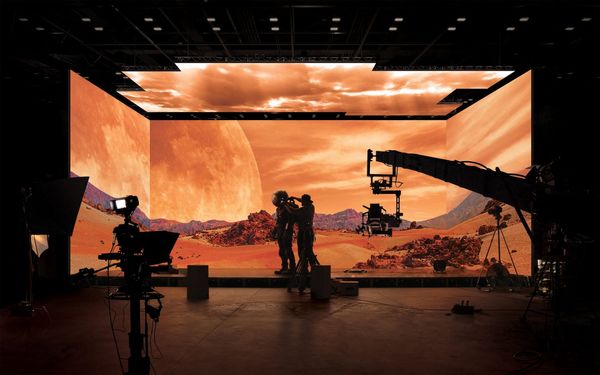
The region’s largest film studio to be built in Fót










